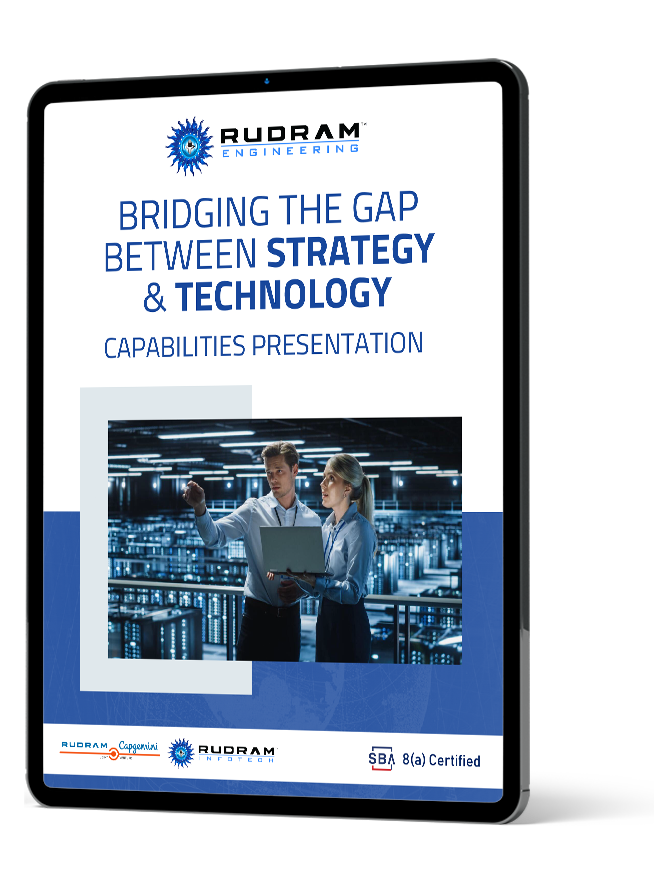In 2025, the pace of technological change is not just fast—it’s exponential. Businesses across sectors are feeling the pressure to move beyond outdated, monolithic systems that hinder innovation, scalability, and security. According to recent reports from Gartner and IDC, over 70% of enterprise applications are still legacy-bound, yet 90% of companies plan to modernize within the next 24 months. This shift is driven by emerging cloud-native technologies, increased reliance on real-time analytics, and the urgent need for cyber resilience.
Application modernization is no longer a linear upgrade path; it’s a holistic, strategic initiative that incorporates everything from replatforming and microservices to data architecture redesign and cybersecurity reinforcement. Below, we explore the latest and most impactful application modernization services transforming businesses in 2025.
Cloud modernization and adoption continue to lead the modernization wave. By migrating legacy systems to cloud environments such as AWS, Azure, or private clouds, organizations benefit from scalability, high availability, and reduced infrastructure costs. Replatforming involves making minimal changes to applications while moving them to the cloud, ensuring smoother transitions and faster deployment cycles.
Key Benefits:
Containerization and microservices are revolutionizing how software is built and deployed. By breaking down monolithic applications into smaller, manageable components, businesses can accelerate development, improve fault tolerance, and streamline scaling. Tools like Docker and Kubernetes are central to these strategies.
Key Benefits:
Modern businesses require seamless integration between various applications and services. API enablement involves exposing the core functionalities of legacy systems via secure and standardized interfaces. This promotes better data exchange and interoperability with new-age platforms, enabling digital transformation.
Key Benefits:
In cases where systems are outdated or inefficient, refactoring and reengineering become essential. Refactoring improves code structure without changing its external behavior, while reengineering involves redesigning the application architecture to align with modern standards. This is particularly crucial for improving performance, maintainability, and security.
Key Benefits:
Modernizing the front-end of applications significantly impacts user adoption and satisfaction. Responsive design, intuitive navigation, and accessible interfaces are central to delivering seamless digital experiences. UI/UX modernization not only enhances usability but also aligns with current industry design trends.
Key Benefits:
Legacy systems often rely on outdated databases and data structures, limiting their ability to support modern analytics or AI applications. Data architecture modernization involves restructuring data pipelines, migrating to scalable cloud databases, and enabling real-time analytics.
Key Benefits:
Modernized applications must comply with evolving regulatory standards and be resilient to emerging cyber threats. Application modernization services now include cybersecurity framework implementation, encryption, identity access management (IAM), and continuous monitoring.
Key Benefits:
Application modernization in 2025 is more than a technical upgrade—it’s a strategic initiative that drives innovation, efficiency, and resilience. By leveraging services such as cloud migration, microservices, UI/UX redesign, and cybersecurity integration, businesses are transforming not only their technology stack but also their competitive edge. As industries become increasingly reliant on agile and scalable systems, investing in tailored modernization services is critical to long-term success.
Businesses seeking to modernize must prioritize solutions that are adaptable, secure, and aligned with their industry-specific needs. A strategic approach to modernization ensures that legacy systems do not hinder progress but instead evolve to meet the demands of a digital-first world.
Ready to modernize your applications for 2025 and beyond? Connect with Rudram Engineering to accelerate innovation, enhance security, and drive business growth through expert modernization services.

Rudram Engineering Inc. (REI) is a well-known pioneer in software systems engineering, recognized for its creative solutions and the latest cutting-edge technologies. By focusing its resources on developing cloud-based technologies, REI further employs the power of DevSecOps to build security into the software development life cycle. The company also adopts Agile software development methodologies to be flexible, effective, and quick in delivering quality software solutions. Rudram Engineering Inc. is a name that epitomizes quality with innovation; it establishes new yardsticks in the industry with solid, scalable solutions that meet the dynamic demands of engineering.
As software becomes more complex, the need for thorough testing increases. In 2025, advancements in automated testing, AI-powered testing tools, and continuous quality assurance are expected to play a major role in ensuring reliable software delivery.
Actionable Insight: Thorough testing is essential to ensure that your software meets customer expectations and performs reliably. At Rudram Engineering, we employ comprehensive testing protocols to ensure every product we deliver is both robust and secure, minimizing bugs and maximizing customer satisfaction.
Rudram’s commitment to excellence, transparency, and customer satisfaction sets them apart. They maintain strategic partnerships to harness cutting-edge technologies and expand their capabilities, ensuring that clients receive the best possible solutions.
No-code and low-code platforms are gaining momentum as businesses seek faster, more accessible ways to develop software. These platforms allow individuals with little to no programming experience to build functional applications, reducing the time and cost of development.
Actionable Insight: Incorporating no-code or low-code platforms can speed up your application development, especially for simple or routine tasks. Rudram Engineering leverages these tools when appropriate to accelerate delivery without sacrificing quality or flexibility.